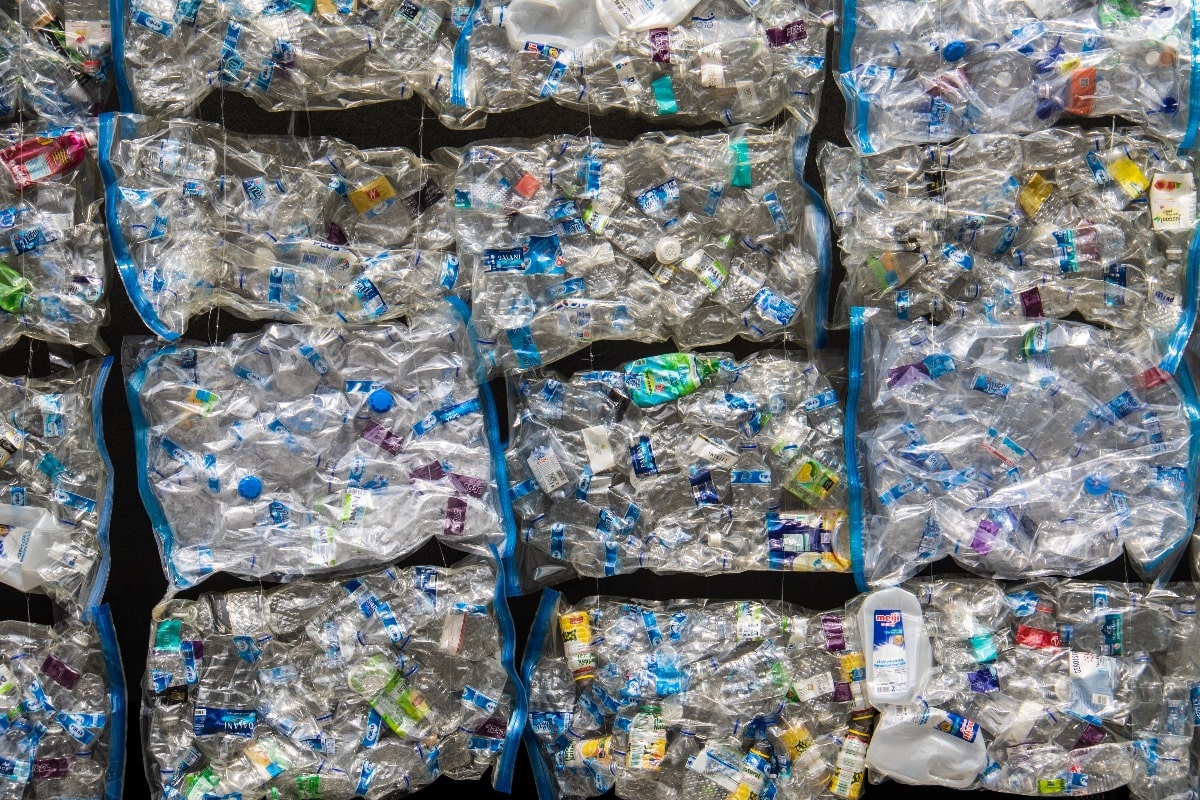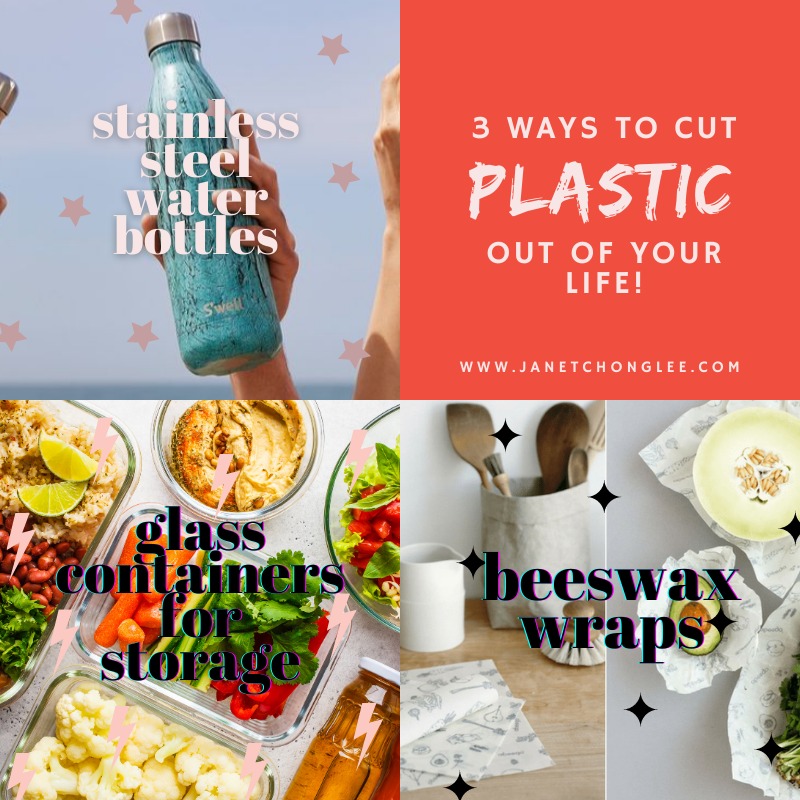Plasti-what? First evidence of microplastics found in the human placenta
A recent study was just published that identified microplastics in the
presence of human placentas.
January 8th, 2021

A recent
study
was just published that identified microplastics in the presence of
human placentas.
Some background information on this study:
- this study was conducted in Roma, Italy
-
in this study, six human placentas were collected (after delivery)
from healthy pregnancies, and the placentas were analyzed for the
presence of microplastics using
Raman Microspectroscopy
-
Raman microspectroscopy is often used to provide detailed
information about the chemical structure, phase and polymorphy,
crystallinity and molecular interactions of materials
-
out of the six human placentas analyzed, 4 of these placentas had
the presence of microplastic fragments. It is noteworthy to remark
that only small portions of placentas (~23 g with respect to a total
weight of ~600 g) were analysed, leading the researchers to
hypothesize that the number of microplastics within the entire
placenta is much higher.
My take on this eye-opening study:
-
Italy is a highly developed country, suggesting its citizens have
the same or similar access to healthcare, food, technology, and
similar environmental factors as us (North America). Thus, I suspect
that similar results would be found if the same study was conducted
here.
-
While the sample size is small (n=6), 66% (more than half) were
found to have microplastic fragments within the placenta. "Due to
the crucial role of placenta in supporting the fetus development and
in acting as an interface between the latter and the external
environment, the presence of exogenous and potentially harmful
(plastic) particles is a matter of great concern."
-
Knowing that certain plastics contain hormone-disrupting
chemicals such as bisphenol-A (BPA), it is particularly
worrysome that it's in our bloodstream and we are unknowingly
exposing the unborn fetus as well. We do not know what the
long-term implications microplastics exposure has on immunity,
and whether there will be transgenerational effects, affecting
future generations
-
Microplastics may be reaching the placenta via the bloodstream from
the respiratory system (i.e. breathing) or gastrointestinal tract
(i.e. ingesting). We are likely inhaling or ingesting microplastics
in our surroundings due to the fact that plastic (in its many shapes
and forms) is everywhere
-
All the microplastic fragments in this study had a pigment (colour).
-
Three fragments were identified as stained polypropylene, a
thermoplastic polymer.
-
Side note: The Public Health Agency of Canada has
recommended that
non-woven polypropylene fabric
be used as the third-layer in cloth masks. The 3-ply layer
in surgical masks are also made with polypropylene, placed
between non-woven fabric. I am a huge advocate for wearing
masks to reduce spread, but I am also cognizant of the fact
that mask use may potentially lead us to inhale more
microplastics, depending on the type of masks we are using.
Since wearing a mask is unavoidable (and not wearing one is
unacceptable in the midst of a pandemic), we must look to
reduce our exposure to plastic in other aspects of our
lives.
-
For the other nine fragments only the pigment was identified.
These pigments are used to make: man-made coatings, paints,
adhesives, plasters, finger paints, polymers and cosmetics and
personal care products
-
We tend to forget that plastic does not decompose. Instead, it
slowly breaks down (degrades) into smaller and smaller pieces into
micro and nano-sized particles. "Atmospheric agents, such as waves,
abrasion, ultraviolet radiation and photo-oxidation in combination
with bacteria degrade plastic fragments into micro and nanosized
particles."
These particles will not be visible to the naked eye.
-
While we may not be able to get down to zero exposure, we can
certainly limit the amount of plastic we use in our own daily lives.
Every decision you consciously make to reduce the use of plastic
will have a positive impact on your health, your family's health,
and the environment.
Here are 3 easy ways to start reducing your exposure to plastic!
-
Use stainless steel water bottles. We use the insulated and reusable
S'Well bottles
in our household, and Thermos brand for the kids.
-
Store food and leftovers in glass containers such as the
Wean Green eco-friendly tempered glass containers
or mason jars. This includes leftover takeout food; do not store
leftovers in styrofoam containers. Never reheat your food in
styrofoam containers!
-
Ditch the cling wrap and use beeswax wraps instead.
These Abeego beeswax food wraps
are biodegradable, breathable, and reusable!

Some or all of this may be new to you, and some of you may be seasoned
veterans in being plastic-free. Other ways you can reduce your plastic
use is to swap your plastic toothbrush for a bamboo one, buying soap or
cleaning items in bulk, and also assessing what's in your bathroom.
"Products that contain plastic polymers are deodorant, shampoo,
conditioner, shower gel, lipstick, hair dye, shaving cream, sunscreen,
insect repellent, anti-wrinkle cream, moisturizers, hair spray, facial
masks, baby care products, eye shadow, mascara and more. In some cases,
these products are made of more than 90 per cent plastic."
What are your tips for reducing plastic use? Leave your tips below! If
you enjoyed this post, be sure to check back often for other interesting
topics!
- Janet

